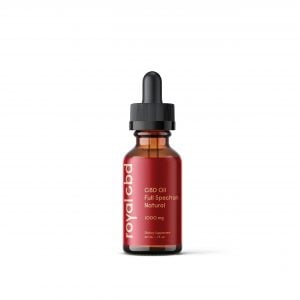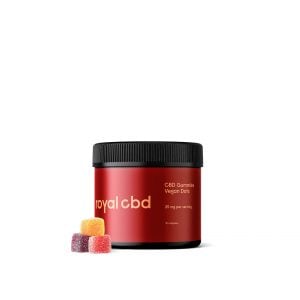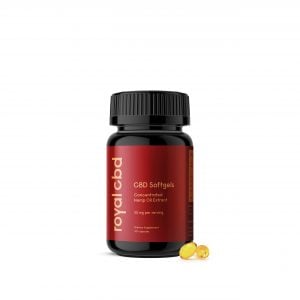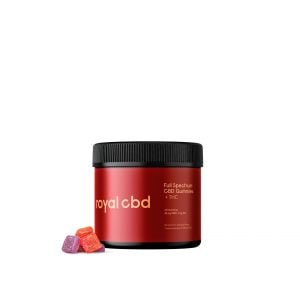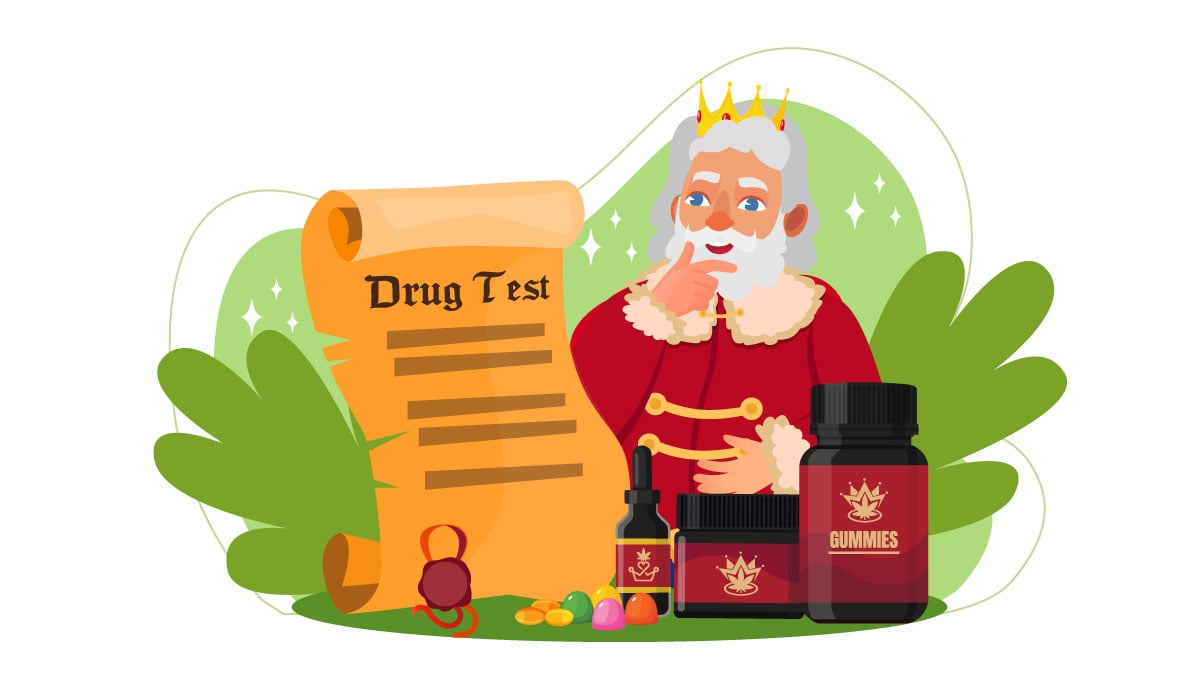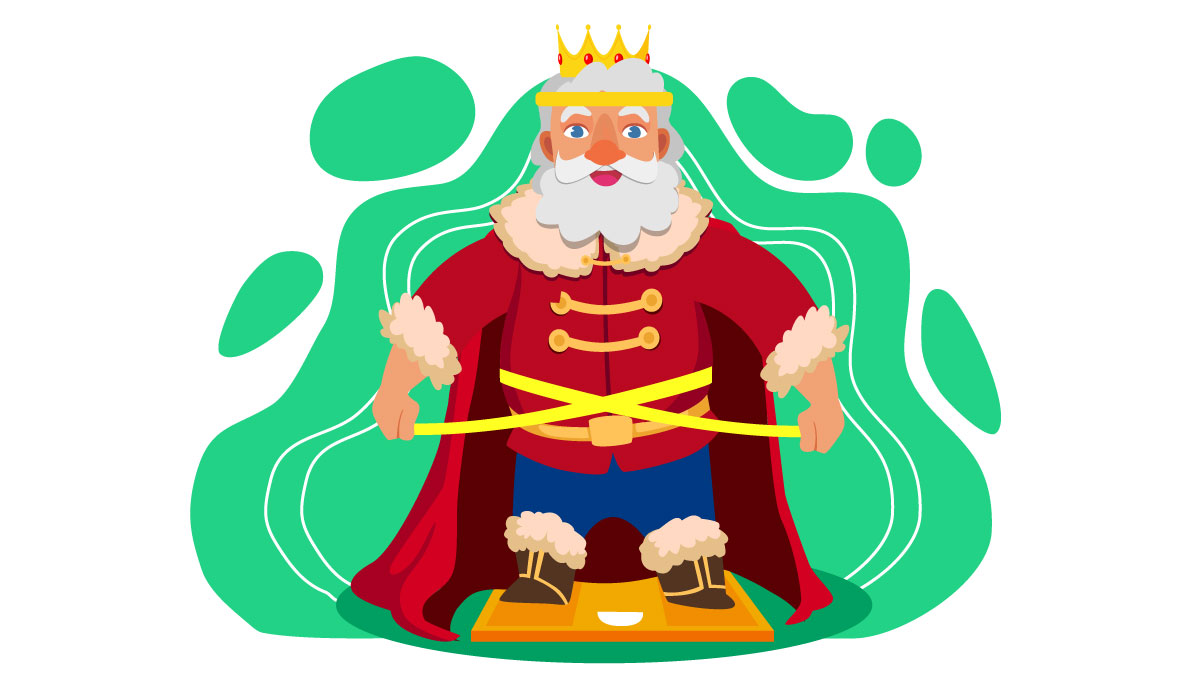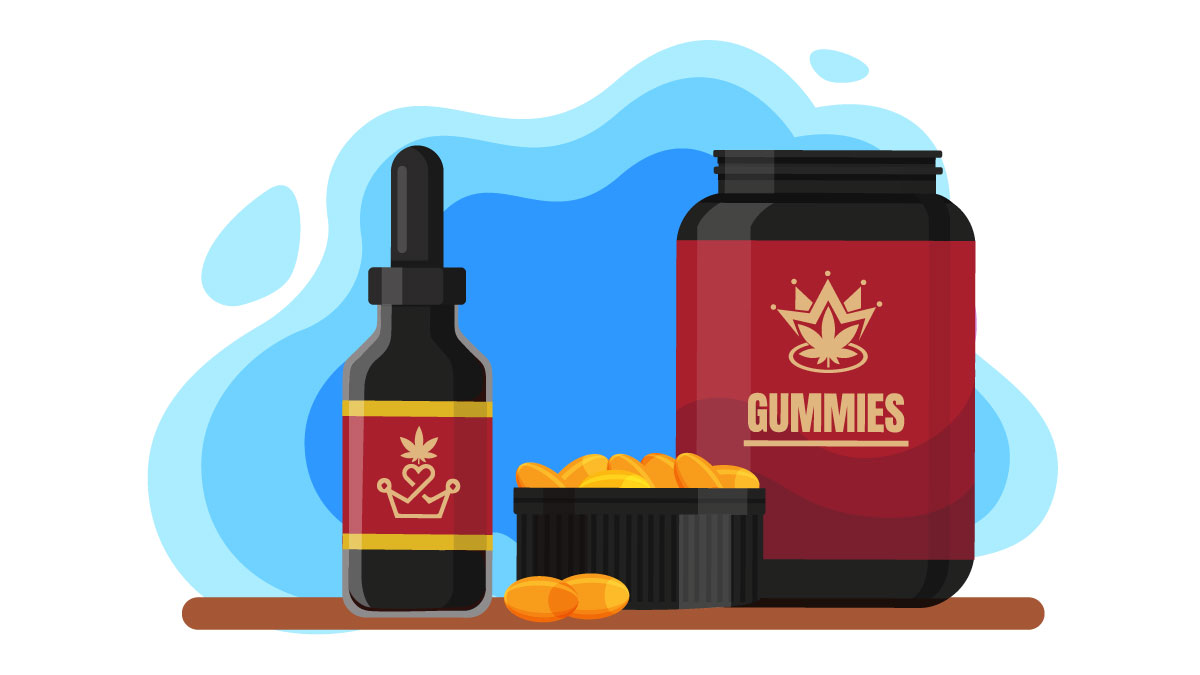Have you ever watched Ballers on HBO? In one of season three’s storylines, Vernon Littlefield, a prized defensive tackle for the Dallas Cowboys get slapped with a four-game suspension for testing positive for THC on a drug test.
The rub was that he had never smoked marijuana or gotten high. Ever. All he did was consume CBD (in copious amounts) to deal with the pain after an Achilles tendon tear.
Granted, this is a fictional TV show, but we know this is a real-world situation that people face. So, we figured it would be helpful to address the question of whether CBD shows up on a drug test.
The short answer is that it shouldn’t show up in a routine urine test, but sometimes it does. Confused yet? Don’t worry— we’ll explain.
How Is It Possible for CBD to Show Up on a Drug Test?
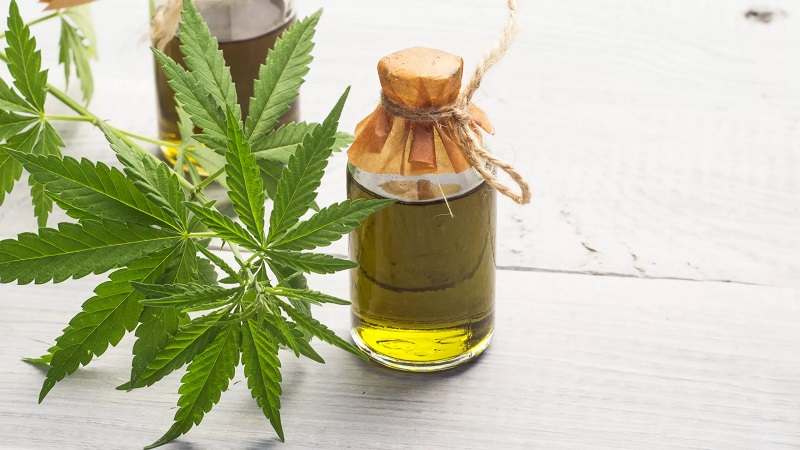
If you’ve been around the CBD community for a while, you already know that most CBD products don’t contain THC. THC, specifically delta-9-tetrahydrocannabinol, is the component in marijuana that produces a euphoric effect.
However, many CBD products on the market have trace amounts of THC. If there’s enough THC in the product, or you’ve been consuming it regularly, then there could be enough in your system to be detectable on a drug test.
CBD is legal in the US, as long as it’s derived from hemp plants. The 2018 Farm Bill helped to reclassify hemp-derived CBD from a schedule I controlled substance to an agricultural commodity. Still, there are some gray areas around this law, including the FDA’s unwillingness to allow CBD drinks and edibles to be legally sold.
Also, for a product to be classified as hemp-derived CBD, it has to contain less than 0.3% THC, but hemp doesn’t always abide by this standard.
Plants Don’t Follow the Rules
For the uninitiated, hemp and marijuana come from the same plant family, Cannabis Sativa. They look pretty much identical, but the difference is that marijuana plants contain high levels of THC, and hemp plants contain virtually no THC.
To be sold as THC-free, CBD products derived from hemp can’t contain more than 0.3% THC, but plants didn’t get the memo about this restriction, and they tend to do their own thing.
Even in the same strain, CBD and THC levels can vary by plant. In fact, all 113 different cannabinoids can be present in varying levels. The prevailing theory is that they function to protect the plant from UV rays. Depending on the light exposure, the cannabinoid profile can change.
Another environmental factor that can influence a hemp plant’s composition has to do with pollination. Two plants that make CBD exclusively can “hook up,” and their resulting offspring may end up producing THC.
At Royal CBD, we take precautions to make sure our products match what we put on the label. We use a pharmaceutical-grade extraction process using state-of-the-art supercritical CO2 extraction techniques. This allows us to strip the cannabinoids from the plant in a way that results in an ultra-pure product without the use of solvents.
Key Takeaway: Even a “pure” CBD product can contain elevated levels of THC. Until regulators become stricter with labeling and testing requirements, consumers have to do more of the investigative work—that is unless they choose Royal CBD. We employ strict quality control by implementing third-party testing on all our products.
The Absence of Testing
Speaking of testing, if a crop was cross-contaminated and the product didn’t undergo batch testing to confirm THC levels, you could have inadvertently and unknowingly consumed this substance in amounts that would easily show up on a drug test.
The moral of the story is only to buy stringently tested CBD products to ensure that the label matches what you’re consuming.
Cross-Contamination
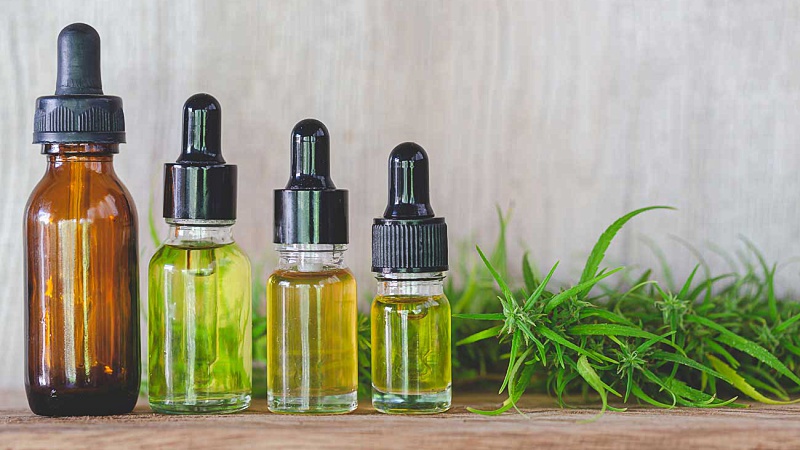
CBD and THC can cross-contaminate if they come in contact with each other. This can happen during the manufacturing process as well as at home. If CBD oil is present in an environment that also has THC, then cross-contamination is possible. This possibility is why our product handling procedures are just as stringent as our quality control. We go out of our way to ensure that there is no possibility of cross-contamination at our labs.
Secondhand Exposure
A positive test result from secondhand exposure is unlikely to cause a positive test result, but it is possible. If you’re in a place where people are smoking marijuana, make sure it’s well-ventilated. The probability of a positive result is dependent on the size of the area and the airflow in the space.
Mislabeled Products
The lack of regulation in the CBD market allows manufacturers to be sloppy with little or no consequence. Some companies are intentionally misleading, and others just don’t want to take on the extra expense and effort it takes to test their products in a lab.
An alarming study out of the Netherlands in 2017 tested 84 products purchased online that claimed to be CBD only. However, 18 of the 84 products tested positive for THC—one more reason to bring your business to Royal CBD. As stated, we take rigorous measures to ensure our products are exactly what we say they are.
Some CBDs contain THC
There are three different types of CBD, and one of them can contain THC—but never in levels higher than .3%.
- Full-spectrum – These extracts retain all the naturally occurring compounds in hemp, including, potentially, THC. When derived from the marijuana plant, THC will be present in varying amounts, depending on the exact plant. When it’s derived from hemp, there’s a legal requirement for THC levels to be under 0.3%, but that can only be proven with a third-party lab test.
- Broad-spectrum – This form of CBD is a suitable option if you’re worried about THC causing you to fail a drug test. In broad-spectrum CBD, the THC has been stripped away, so there’s no THC present in the final product. However, this type of CBD isn’t as widely available.
- CBD Isolate – This CBD is pure and contains no additional compounds from the plant. As long as the CBD isolate comes from a hemp plant, it should have zero THC. Our CBD gummies are an example of a THC-free CBD product.
The THC Threshold
In 2017, an article published in Mayo Clinic Proceedings acknowledged the harsh consequences that employees faced if they received a false positive result from an employment drug screening. There was an underlying tone hinting at the prevalence of these false positives was due not only to advanced detection techniques and more sensitive detection systems but also to a rise in the use of substances like CBD.
Cut-off values were established to prevent disqualifying candidates that have trace amounts of THC in their system. These cut-off criteria prevent a drug test from coming back positive if the amount of THC is below a certain threshold.
This new standard means that you can have a tiny amount of THC in your system but still potentially pass a drug test. Depending on the type of test, the cut-off values and detection windows will vary.
How Long Does CBD Stay in Your System?
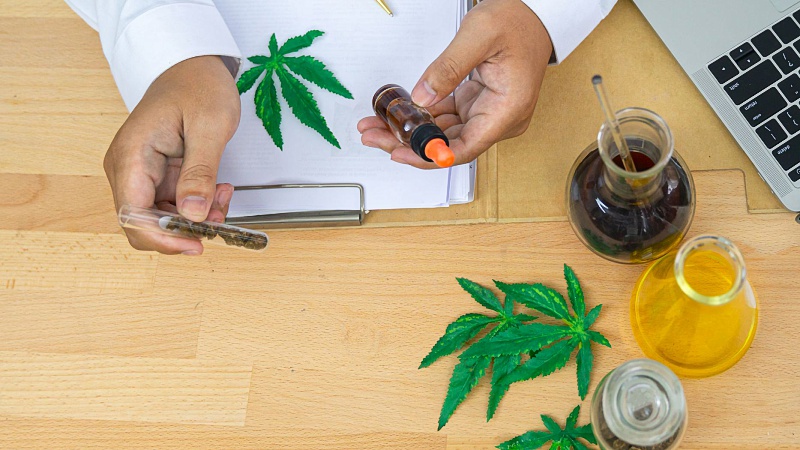
Most drug tests for employers require a urine sample, but you could also be presented with a hair, blood, or saliva test. Each of these tests will have a different cut-off threshold. This distinction is important to note because the amount of time you can expect THC to be detectable via these testing methods varies.
Urine
If you partake casually, then the THC found in your urine can remain detectable for an average of 13 days, with a range of three to 15 days. The elimination of this substance is measured in half-lives, so it takes about five to six half-lives for THC to exit your system. By this logic, someone who imbibed just one time can expect the THC to be out of their body in about five to eight days.
However, frequent and heavy users can expect their detection window to be much longer, typically 30 days or more.
Urine testing for THC has a cut-off concentration of 50 nanograms per milliliter [1]. To put that in perspective, a nanogram is one billionth of a gram.
Hair
THC can stay in your hair for up to a year, though the average is about 90 days. Hair tests are rare, and there aren’t any established cut-off limits. Typically, the standard in the private sector is one picogram per milligram (expressed as pg/mg). A picogram is even less than a nanogram, just one trillionth of a gram.
If you are faced with a hair test, you’re probably not going to be able to cheat it. Detox shampoos that claim to remove THC from hair aren’t reputable because THC is fat-soluble. This means it absorbs through the fat in your system, and your skin oils will transfer the THC metabolites from your blood to your hair.
The good news is that you can potentially explain away a positive test result. A [2]. What they did find is that being around THC and having it land on the hair could create a positive result. Being in an environment where someone smoked marijuana may not be Mary Poppins-approved behavior, but it’s not grounds to fail a drug test, especially if you didn’t inhale.
Even more interesting is a previous study from 2004 (again in Germany). This study found that touching marijuana and then touching your hair could also yield a positive drug test result. In one of the study subjects, a couple that was cohabitating both tested positive for THC even though only one person in the relationship was a user.
Blood
THC moves quickly through the blood, so it’s rarely used for employment drug screenings. Instead, it’s meant to detect current impairment. THC itself only stays in the bloodstream for about five hours, though the THC metabolites can be detected for up to seven days.
A THC metabolite is different than THC itself. The metabolite is a byproduct of the main drug as it gets metabolized by your system. Because processing this substance is based on the metabolic process, each person will metabolize THC at a different rate.
Saliva
In general, THC can be detected in saliva for approximately 72 hours, but chronic, heavy users might hang on to it longer.
Saliva testing isn’t standard practice, and there are no established THC cut-off levels for this type of test. The Journal of Medical Toxicology put forth a recommendation for a cut-off level of 4 nanograms per milliliter (4 ng/mL) [3].
Precautions You Can Take to Avoid Consuming a CBD Product with THC
- Read the Labels
- If you know what to look for, you can avoid making the mistake of inadvertently consuming THC. Check the product label to find out if the CBD is derived from hemp or marijuana. All our products are derived from top-quality hemp.
- Then, check for the type of CBD. Remember, there’s full-spectrum, broad-spectrum, and CBD isolate.
- Look for keywords on the label such as CO2-extracted, solvent-free, lab-tested, pesticide-free, no additives, etc. The presence of these terms will give you an idea of the quality of the product.
- Choose Your Products Wisely
- By sticking with products that you are confident are THC-free, you can avoid this compound altogether. If you want to use CBD without drug test issues, we recommend Royal CBD’s THC-free gummies. They’re a tasty way to get a daily dose of CBD without the THC.
